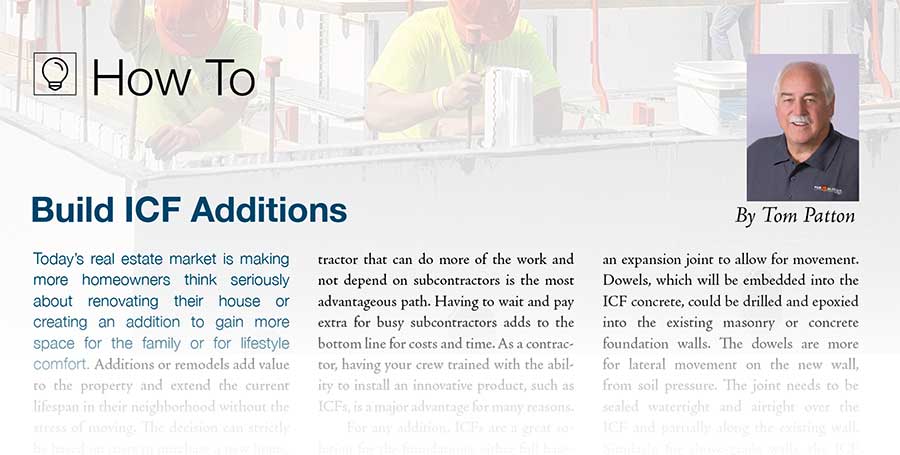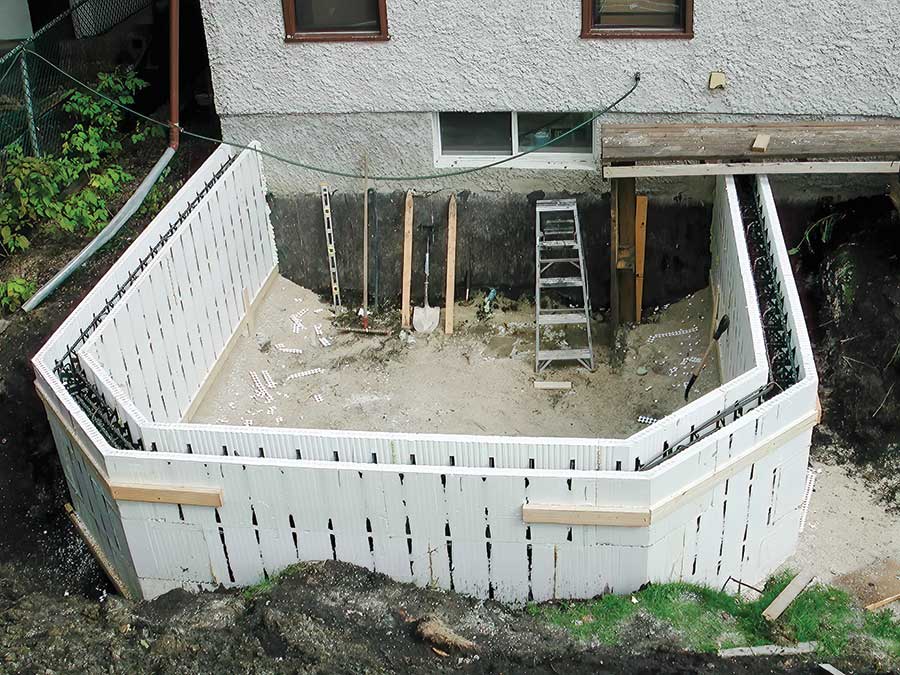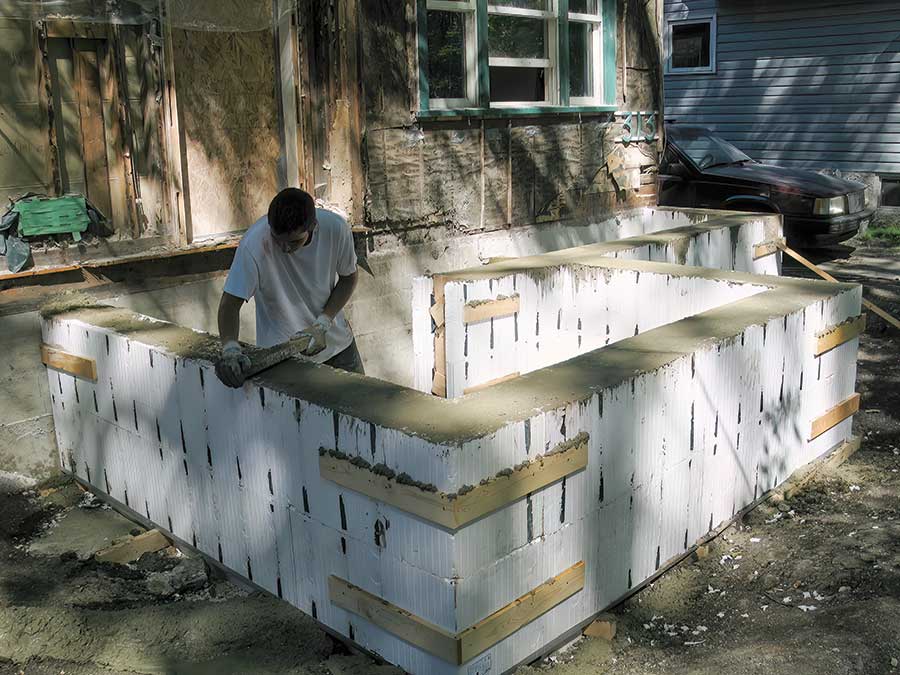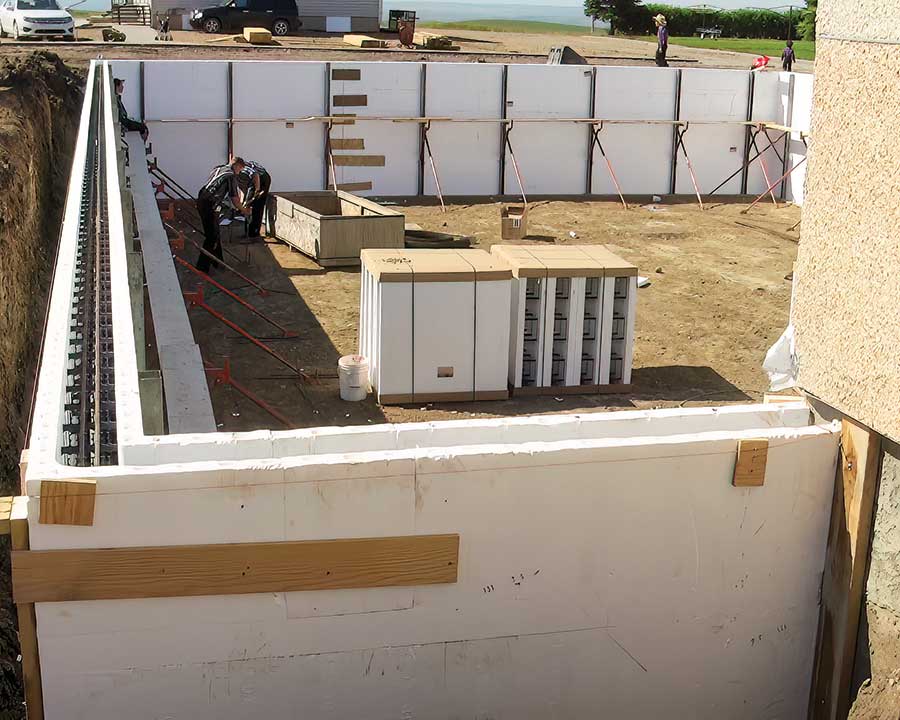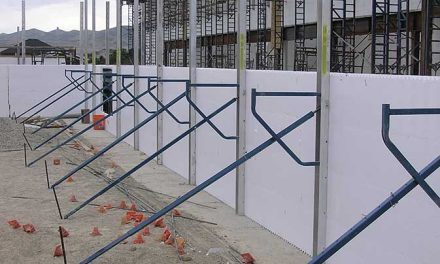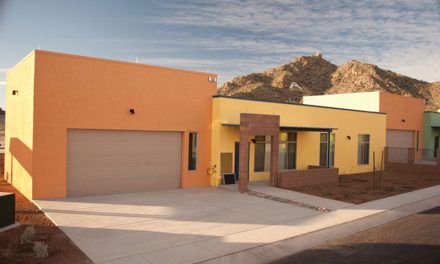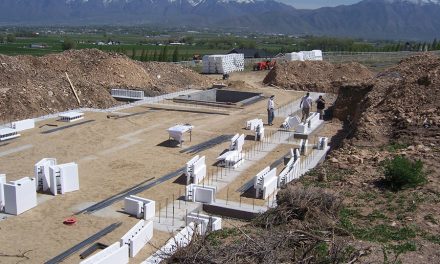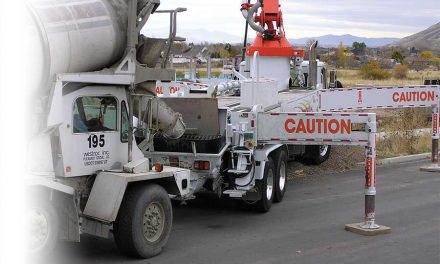Today’s real estate market is making more homeowners think seriously about renovating their house or creating an addition to gain more space for the family or for lifestyle comfort. Additions or remodels add value to the property and extend the current lifespan in their neighborhood without the stress of moving. The decision can strictly be based on costs to purchase a new home, with higher mortgage rates and inflated purchase prices, or instead invest in the existing assets and improve the equity,
Building a home addition will quickly add much-needed space to a home. Plus it increases the resale value and improves energy efficiency, durability, and comfort, and ultimately is less expensive than buying another house and relocating.
As a homeowner, building an addition will create some havoc around the existing house, with excavations, material coordination, and numerous crew members milling about. The best scenario is to build as fast as possible to get your house and yard back to normal with a great new space. Plus, build something that is energy efficient and resilient, adding comfort and safety.
After checking the zoning, the first decisions to be made, depending on the existing structure, are on the general design regarding an addition — basement or crawl space, one or two stories. The design must be integrated with access from the existing house. After these hard decisions are made, the next decisions relate to specific aspects of the design — materials, connection details, openings, services, exterior finishes, matching floor heights, etc. All of these may require consultation with a designer.
The next big step is to find a general contractor that can handle the whole project. To speed up the overall process, a contractor that can do more of the work and not depend on subcontractors is the most advantageous path. Having to wait and pay extra for busy subcontractors adds to the bottom line for costs and time. As a contractor, having your crew trained with the ability to install an innovative product, such as ICFs, is a major advantage for many reasons.
For any addition, ICFs are a great solution for the foundations, either full basement, crawl space, frost walls, or grade beams, and of course the option of going above grade, right to the roof. Your crew can install any of these types of foundations, eliminating the need to hire and wait for a concrete forming or masonry contractor. The main advantage for smaller projects like these is that an ICF foundation could be installed in one day by your crew of three men.
The big construction issue with any addition is the connection to the existing house. Additions have the potential to settle and ultimately move differently than the older existing building, so the connection must be treated similarly to an expansion joint to allow for movement. Dowels, which will be embedded into the ICF concrete, could be drilled and epoxied into the existing masonry or concrete foundation walls. The dowels are more for lateral movement on the new wall, from soil pressure. The joint needs to be sealed watertight and airtight over the ICF and partially along the existing wall. Similarly, for above-grade walls, the ICF addition needs to have the ability to move independently from the existing walls so the structural connection must allow for that. This joint must also be sealed on both sides for water and air infiltration.
In the design of any addition, attention should be paid to current extreme weather events, allowing for the design to incorporate a safe room within the new building. ICFs readily allow for this, either in the basement or as a specific above-grade room that could be designed as a safe room for the family. The ICF contractor should recommend the ability to build an ICF safe room as part of the project.
ICF contractors have the inside track on these smaller projects by promoting the speed of construction, faster occupancy, safety, resiliency, energy efficiency, and overall comfort for a proposed addition. All the advantages of building a high-performance structure with ICFs are available to present to the potential client.
For contractors, to successfully promote these smaller projects with ICFs, there are two avenues to make it truly cost effective business wise. One is to find an ICF dealer in your area that stocks an ICF product line. This way you can order or pick-up these smaller quantities without paying for delivery for full or part truckloads from the manufacturer’s plant. The second option is that typically ICFs are ordered by the truckload or a partial truckload through a dealer and shipped directly to the project job site. This requires shipping fees from the manufacturer’s plant, and partial truckloads costs extra. If you plan to be the ICF contractor, having the ability to store product in your own yard is a big advantage. Order a larger quantity of straights, corners, and accessories from a dealer to have on-hand and draw from for several projects. Work with your local ICF dealer to develop a cost-effective plan for materials to be successful in your bids on these smaller projects. Even have the ICF dealer promote your business of doing ICF foundations for additions and safe rooms.
There are numerous smaller projects in the marketplace, other than full houses, that an ICF contractor can competitively go after. As mentioned, ICFs can be used for house additions, stand-alone safe rooms, shops, garages, barns, retaining walls, produce storage sheds, basement egress stairways, and many other types of projects. ICFs present a distinct advantage for all these buildings and can expedite the construction process toward quicker occupancy.
Having an ICF-trained crew and material on-hand allows your business the ability to complete numerous smaller projects at a very quick pace. This means more time available for your business to do more work and increase profits by not being dependent on other sub-trades. Even masonry and concrete forming contractors should look at having the ability to install ICFs as an option. We know more and more clients have been and will be asking for ICFs. No market or build is too small.
Tom Patton
Tom Patton had a 30-year architectural design background prior to joining the ICF industry in 2001 with the technical support department at ARXX. Over the last 20 years, Tom has worked with major ICF companies developing technical documentation, application details, and training programs, as well as consulting and promoting ICFs with various associations including the ICFMA, NRMCA, and codes and standards committees. Currently, Tom is Corporate Brand Ambassador for Fox Blocks and co-developer of the Fox Blocks Integrated Learning Center.

